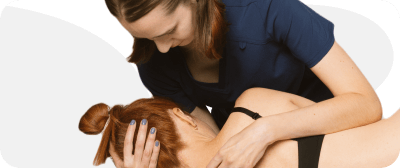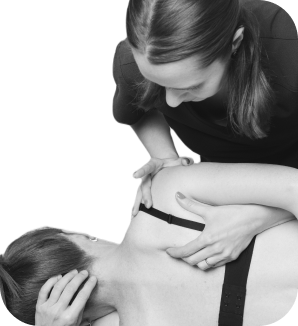
Jonathan Parsons
Tensegrity
and its application in manual therapy
and its application in manual therapy


February 3-5th | Yerevan, Armenia
Tensegrity as a scientific study has its roots in architecture in the late 1940s, but its principles have been progressively incorporated in numerous fields of research and practise. With the advent of the ground-breaking, evidence-based work of Donald Ingber over the last three decades on cellular tensegrity, it has entered the field of Biological Sciences and medicine revolutionising the way of perceiving the structure and functioning of the body at every hierarchical level from nano level to the whole body level and possibly beyond.
From a therapist’s perspective it offers explanations for numerous beneficial changes that occur both locally and distally resulting from a wide ranging and apparently diverse array of treatment approaches, from myofascial work through to energetic and vitalistic models of practice.
Certainly, if you have any interest in fascia or fascial approaches, tensegrity is an essential concept to embrace to enhance your understanding and their practical application.
In this three day seminar you will explore the fundamental principles of tensegrity and its relevance in manual therapeutic approaches that you may currently utilise. You will also be given the opportunity to explore, both conceptually and practically, approaches that may be new to you, that are widely applied in osteopathic practice.
From a therapist’s perspective it offers explanations for numerous beneficial changes that occur both locally and distally resulting from a wide ranging and apparently diverse array of treatment approaches, from myofascial work through to energetic and vitalistic models of practice.
Certainly, if you have any interest in fascia or fascial approaches, tensegrity is an essential concept to embrace to enhance your understanding and their practical application.
In this three day seminar you will explore the fundamental principles of tensegrity and its relevance in manual therapeutic approaches that you may currently utilise. You will also be given the opportunity to explore, both conceptually and practically, approaches that may be new to you, that are widely applied in osteopathic practice.

ESO graduate (1989), M.Ost (2004).

30 years of experience in osteopathic education in UK and Europe

Co-founder of Institute of Postgraduate Osteopathic Education (IPOE)

Co-author of the book "Osteopathy: Models for Diagnosis, Treatment and Practice"


Jonathan Parsons
DO MSc Ost MA Ed Res PGCHE SFHEA




Indicative Content
Theory
This will explore a range of techniques that would largely considered to be part of the cranial osteopathic approaches. Though the name implies that they are applied on the cranium, in actuality this is a misnomer and they can be applied anywhere within the body. Though their names may be unknown to you they are all based on the fractal/ hierarchical self-assembly concepts discussed within the theoretical element. We will explore their application on an intraosseous, interarticlar, viscerofascial and craial membranous level on different regions of the body.
For example:
For example:
- Facsial palpation
- Localising oneself in tissue levels.
- Intra osseous techniques
- Release of intraosseous dysfunction through fascial unwinding of long bones.
- Interarticular unwinding of single articulations (Balanced ligamentous technique (BLT)/ unwinding over several articulations (lower extremity unwinding)
- A/P release (eg mediastinum/central tendon)
- Soft locking HVLA
- The architectural roots of tensegrity (Buckminster Fuller and Snelson)
- Changing perspective from a Newtonian compressional model to a non-Newtonian tensional field model
- Benefits of tensegrity structures; why they can be light, cheap and strong, and perhaps most importantly self stabilsing.
- Self assembly, fractal reiteration and continuum
- Tensegrity on a cellular level and mechanotransduction (evidenced based / Ingber)
- Fascia and the collagenous, all-embracing inner network (Guimberteau)
- Biotensegrity, its possible aid to the understanding of the interplay of the body at a systems level
- Communication within a collagenous network
- Tensegrity within osteopathic approaches


Practical




Benefits
The attendees must have a good level of palpatory skills and be practicing as a therapist in the manual field. Some experience with cranial osteopathic approaches would be of benefit but not essential
This seminar will assist therapists in their understanding of therapeutic benefits from a biomechanical perspective and offer an interesting into how some of the more vitalistic approaches may have an effect from a partially evidenced based perspective.
The theoretical component is of benefit to any therapist, and I believe should be part of every therapist’s training.
Practically It will offer a range of techniques that will be able to be applied directly on completion of the course and act as an introduction to osteopathy in the cranial field.
The theoretical component is of benefit to any therapist, and I believe should be part of every therapist’s training.
Practically It will offer a range of techniques that will be able to be applied directly on completion of the course and act as an introduction to osteopathy in the cranial field.


Suitability

February 3-5th, Yerevan
The seminar will take place on February 3-5, 2023, in Yerevan, Armenia, Agharonyan 2/10, Still Point School of Osteopathy, official partner of the European School of Osteopathy, UK.
Early bird registration fee is 400 pounds.
Обучение
остеопатии
и кинезио-
тейпированию
остеопатии
и кинезио-
тейпированию
Early bird fee is valid until January 15th, 2023.
Booking fee from January 16th to February 2nd is 450 pounds.
You need to pay 20% of the fee (80 pounds) to book your place on the seminar. Total fee should be payed on February 2nd latest.
Booking fee from January 16th to February 2nd is 450 pounds.
You need to pay 20% of the fee (80 pounds) to book your place on the seminar. Total fee should be payed on February 2nd latest.

Booking
by phone and messengers: +374 44885941, Natalia (preferably WhatsApp, Viber, Telegram)
By email: stillpointam@gmail.com
By email: stillpointam@gmail.com


Attending the seminar
Jon teaches in English, Russian translation will be arranged. If you need an Armenian translation – let us know.

